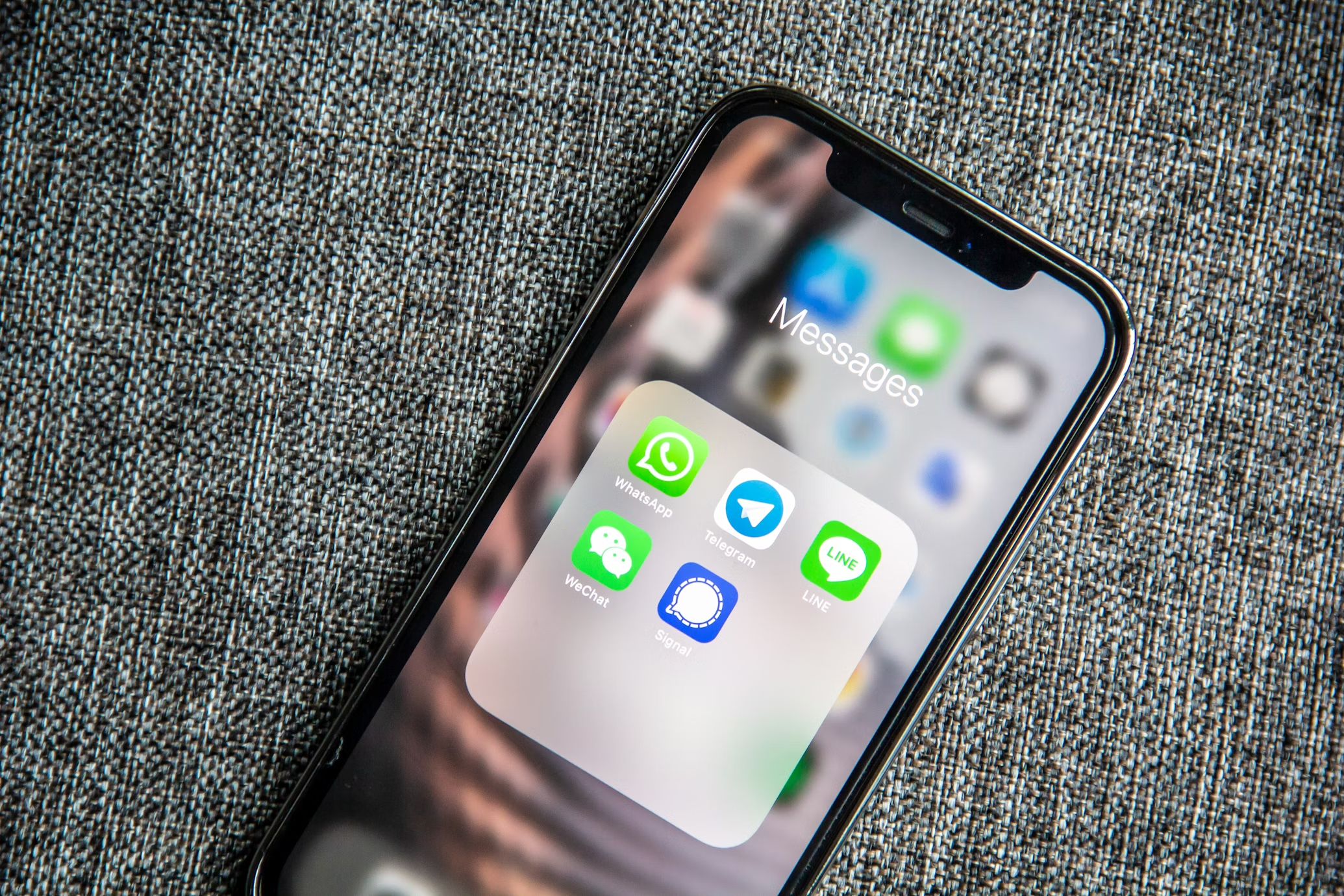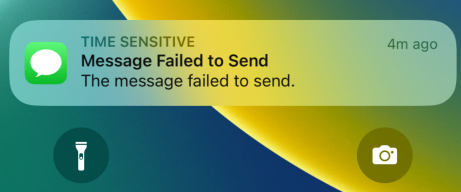
Good software systems keep users informed. One way to inform a user is to ping them when something important happens: “you have a new lead” or “your doctor tried to get a hold of you”, for example. We call these pings “notifications”.
Notifications are not a frill:
- With our tax-prep client, AM CPA, we showed that customers submitted files two weeks earlier when reminded gently with emails.
- Our courier service Getcho cut failed deliveries in half simply by sending SMS message updates to customers.
In this case, we helped our client Maxwell Pipeline replace SMS messages with push notifications. The switch improved delivery speeds and coverage.
Background: tracking metal pigs

Maxwell Pipeline makes sure that major oil lines flow without leaks by conducting what they call “test runs”.
On stretches ranging from 100 feet to 200 miles, they track a device called a pig as it traverses through the pipeline. Test runs both clean the line and collect key metrics.
To this end, we built Maxwell’s proprietary suite of apps:
- Employees use a mobile app called “Maxwell Tracker” to enter data during a run.
- “Maxwell DataFeed” crunches the numbers: visitors see the pig’s speed and predicted arrival times.
And as the pig passes key points, the Maxwell Suite sends a text message to a list of people. A lot of folks just follow the text updates, not needing to actively watch the DataFeed.
As you might imagine, we send a lot of notifications over 200 miles. So many that we hit a sending bottleneck; a phone couldn’t keep up with the big queue of texts.
The challenge: sending notifications at scale

With Twilio, our SMS provider, we found a few ways to beat the logjam:
- Use multiple phone numbers to send messages.
- Combine messages when possible.
- And, in a jam, drop less essential messages.
Using multiple phone numbers worked fine but added some confusion; different people had to save different numbers to their contacts. Plus transmission speed became an issue. Combining messages meant waiting a few seconds before send, and dropping messages didn’t solve the problem.
Web push, a way to send messages through a user’s browser, showed promise. As of 2023 both Android and iOS now support browser-based alerts. But a proof of concept taught us that enabling web push confused some users.

The solution: using iOS Push Notifications
Web push opened the door to native push notifications, those banners that apps can trigger on your phone. These work without effort for anyone with an iPhone, standard for Maxwell personnel.

To send a native push notification, you need to build an iOS App. We used Expo which makes it a breeze to enable push. The app we dubbed “Command” would offer pig tracking insights, messaging, and of course, push. All told, it took a few weeks to write the first version of Command.
Results
Push notifications proved to be an excellent means for sending mass messages. They eliminated the sending choke-point and cut costs as well.
- Sending push notifications will save Maxwell $1,000 per month in SMS costs.
- The iOS push interface works perfectly for mass messaging; the most recent message sits atop a stack that the user can open or dismiss at once.
- We have better data on which messages people open.
- We can easily spare users from receiving pings when they have the app open.
